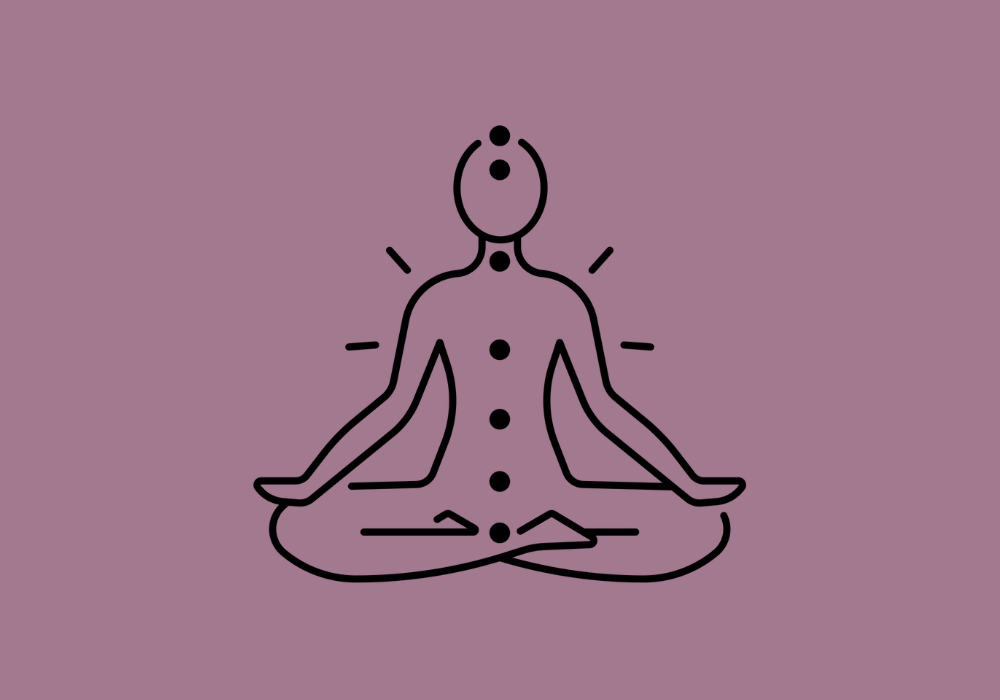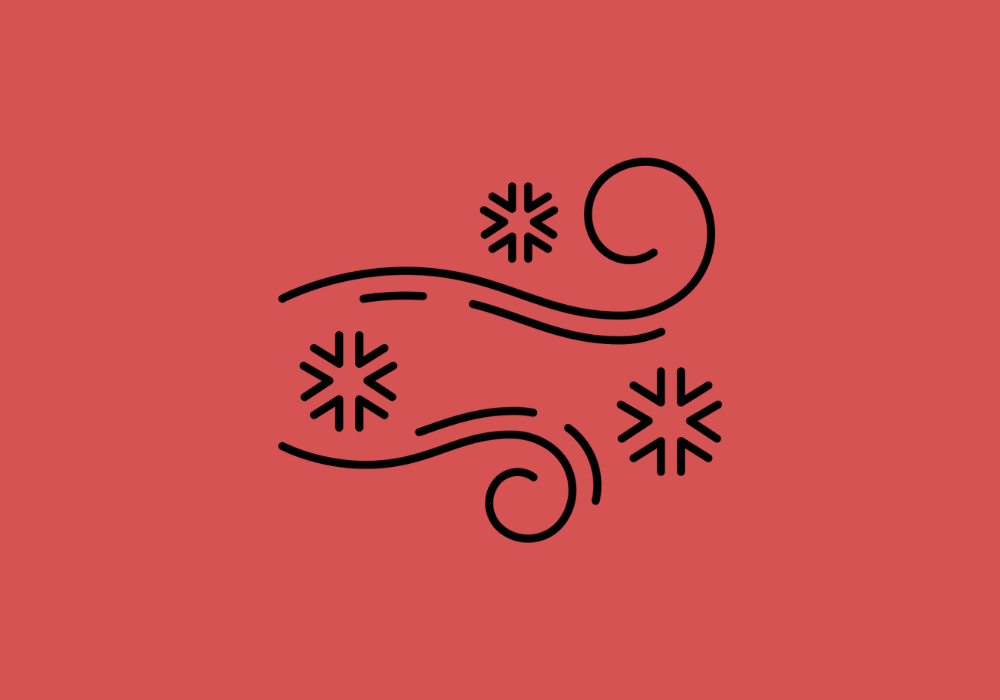At the core of this ancient medicine is the philosophy that life energy or Qi flows throughout the body and protects it from illness, pain and disease.
A person’s health is influenced by the quality, quantity and balance of Qi (pronounced “chee”). Traditional Chinese Medicine (TCM) seeks to ensure a balanced Qi through acupuncture, herbal remedies, massage and diet.
Acupuncture is the first component of TCM that seeks to rebalance any physical or mental/emotional dysfunction through a relatively painless process in which an acupuncture practitioner inserts very fine needles at strategic points on a patient’s body. You can read in detail about acupuncture at Evolve Wellness Centre here.
Herbal remedies are the second component of TCM, with the Chinese extracting the natural medicinal qualities of plants for thousands of years. Indeed, the Traditional Chinese Medicine system incorporates the most extensive herbal pharmacopeia of substances of any culture on the planet.
Within the theory of TCM, each medicinal herb has a specific effect on the energy systems of the body. Ancient doctors of TCM developed the science used to determine the property, flavour and channel of each herb. The property of the herb describes how it affects the balance of heat and cold within the body. The flavour of the herb describes its action and directional effect on the energies of the body. Each herb is also understood to enter specific channels within the body, thereby affecting related internal organs.
An herbal formula is designed so specifically for an individual that highly trained practitioners of Traditional Chinese Medicine such as Dr. Wood should be able to look at the formula prescribed and be able to describe in detail the symptoms experienced by that person.
As a Registered Doctor of Traditional Chinese Medicine, Dr. Wood is licensed to prescribe these herbs to his patients based on their specific signs and symptoms. Each prescribed formula is composed of between five and 20 herbs designed to bring a patient’s specific pattern of symptoms back in to balance. As patients move towards balance and symptoms change, formulas are modified.
Massage is the third component of TCM. One of the original statements in Traditional Chinese Medicine reads, “Where there is pain, there is no flow. Where there is flow, there is no pain.” Massage therapy effectively encourages movement in the direction of the proper flow of Qi throughout the body, bringing balance to the entire system.
Dr. Wood begins most treatments with Shiatsu massage. He is trained in the KoKoDo Kappo Shiatsu Juku style. This Japanese form of bodywork utilizes finger pressure therapy, working along the 12 main channels of the body.

FAQs
Qi circulates through specific pathways called meridians and each is connected to specific organs and glands. Meridian pathways are like rivers. Just as a river flows and transports life-giving water that nourishes the land, plants and people, meridian pathways transport life-giving Qi to nourish and energize every cell, organ, gland, tissue and muscle.
When Qi flows freely throughout the body, one enjoys physical, mental and emotional wellbeing. An obstruction of Qi anywhere in the body is like a dam, restricting the flow in certain areas. This restriction affects the flow of nourishment requested by the body in order to function optimally.
There are three pulse positions on each wrist, each corresponding to a specific organ and meridian. Dr. Wood will palpate these looking for any imbalances.
The tongue is a map of the body that reflects the general health of the organs and meridians. Practitioners of Traditional Chinese Medicine look at the colour, shape, crack and coating on the tongue.
Shiatsu palpation along body channels allows practitioners to get a better sense of areas of the body where there is imbalance in the flow of Qi. Areas of hardness or tense areas are referred to as Jitsu, or Excess. Areas of relative softness or emptiness are termed Kyo, or Deficiency. Moving Qi from areas of Jitsu to areas of Kyo helps to rebalance a body’s system, restoring flow to reduce symptoms and bolster health.
Areas of substantial Jitsu or Kyo are then often chosen as acupuncture treatment sites, added to the points selected for treatment during the intake. In this way, Shiatsu massage is considered a diagnostic tool. Dr. Wood uses it both as the first step in treatment, and as the last step in the process of a patient intake.
- Decreases the symptoms of menopause, perimenopause and PMS
- Reduces sinus congestion
- Improves hyper- and hypothyroidism
- Helps with backaches and shoulder tension
- Reduces symptoms of toothaches, TMJ, trigeminal neuralgia and Bell’s palsy
- Reduces headaches (except severe migraine)
- Treats diarrhea and constipation, as well as other digestive issues
- Helps to eliminate edema and puffiness
- Benefits the eyes, ears and brain
- Reduces insomnia and dizziness
- Lessens depression
- Helps to increase fertility
- Reduces acne breakouts caused by hormonal imbalances
- Aids in improving self-esteem


